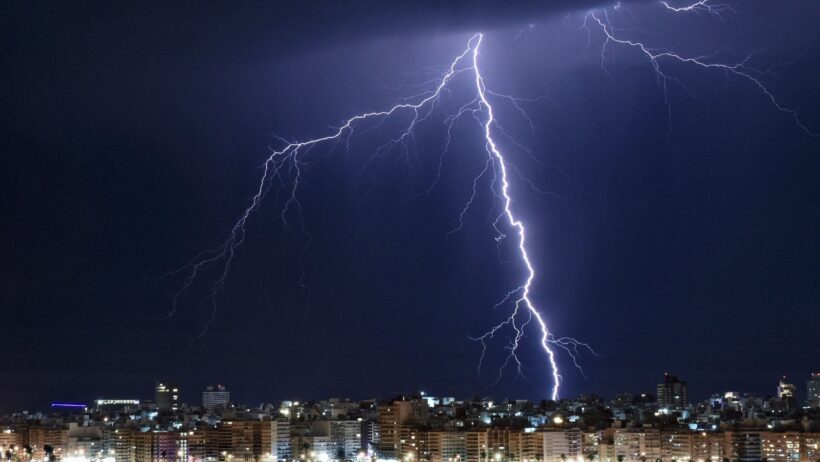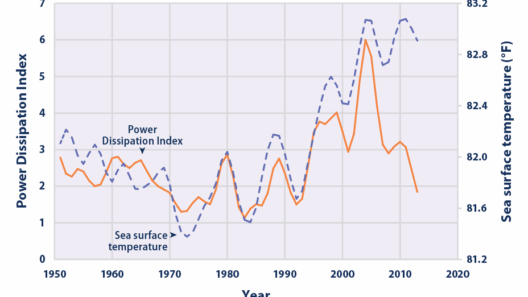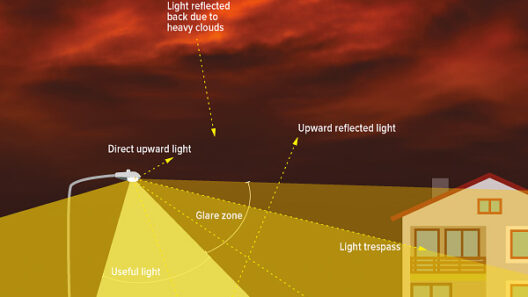Freshwater, often referred to as the “blue gold,” is an irreplaceable resource that underpins nearly every facet of life on Earth. Its scarcity is becoming more pronounced as global warming intensifies. The implications are vast, affecting not only ecosystems but also human societies and economies around the globe. The question arises: did global warming dry up our freshwater supplies?
At the heart of this inquiry lies the intricate relationship between atmospheric conditions and water availability. The Earth’s climate is akin to a delicate dance, where every element harmoniously interacts. However, as anthropogenic activities alter natural rhythms, the implications manifest in severe droughts and water shortages.
Climate change, predominantly driven by human activity, increases the Earth’s average temperature. This warming engenders a multitude of effects, including altered precipitation patterns. These shifts can be likened to an errant conductor mismanaging a brass band; instead of a coherent symphony of rain and water replenishment, we get dissonance, where some areas receive deluges while others languish in parched desolation.
Changes in precipitation patterns are one of the most visible manifestations of climate change’s impact on freshwater resources. As the climate warms, evaporation rates escalate. This process is akin to an oversaturated sponge being squeezed—water is drawn into the atmosphere more vigorously than it falls back, leading to net losses of moisture from delicate freshwater systems.
Regions that once enjoyed vibrant water access are now confronted with dwindling supplies. Areas that were historically fertile are now encumbered by aridity, causing agricultural distress and threatening food security. For instance, the Midwest of the United States, known as the nation’s breadbasket, is experiencing pronounced changes in its hydrological cycle—more erratic weather, floods interspersed with severe droughts. The paradox is stark: too much water, too quickly, followed by none at all.
Beyond alterations in precipitation, the warming climate also leads to the accelerated melting of glaciers and ice caps. These ice reservoirs, which provide vital freshwater to millions, are receding at an alarming rate. Glacial meltwater can be visualized as a reservoir of finely aged wine, once appreciated for its nuanced flavors. As this wine is uncorked too quickly, the richness diminishes. This depletion cannot simply be replenished; it is a loss of seasonal guarantees, transforming once-reliable water sources into ephemeral trickles.
Moreover, the increasing global temperatures create conditions conducive to more severe droughts and heatwaves. Studies have established a direct correlation between climate change and drought severity. The droughts are not mere parched spells but rather catastrophic events that cleave through ecosystems. Rivers once brimming with life become desiccated beds of stone, the once-thriving habitats now silenced. It is as if the Earth, in its exhaustion, has spoken; the landscapes wear the scars of unrelenting heat and lack of moisture.
The aftermath of these phenomena is further compounded by human clamor for freshwater. An increase in population equates to an escalated demand for this precious resource. Cities burgeon, agriculture expands, and industries proliferate. Each sector draws from the freshwater pool, leading to a compounded crisis. The irony emerges: as climate change exacerbates water shortages, the human dependence on these limited supplies worsens. This prioritization often leads to unsustainable practices that deplete groundwater reserves faster than they can be replenished. The ripple effects are felt far beyond the immediate context, creating a feedback loop of scarcity and heightened competition for dwindling resources.
Innovative solutions and sustainable practices are essential in addressing the impacts of climate change on freshwater supplies. Implementing water conservation measures in agriculture, embracing rainwater harvesting, and improving irrigation techniques can mitigate some adverse effects. Moreover, enhancing wastewater treatment processes can lead to the recycling of this vital resource, fostering a more circular use of water.
The specter of climate change casts a long shadow over our bodies of freshwater; it serves as a clarion call to reshape our relationship with water. Rather than existing as a commodity to be exploited, water should be revered as a vital artery that nourishes life. Advocacy for policies that mitigate climate change must take precedence. This includes reducing carbon emissions and transitioning towards renewable energy sources, thereby alleviating some stressors from the water cycle.
In conclusion, global warming does not merely pose a conditional threat to our freshwater supplies; it is a catalyst for a fundamental alteration in hydrological balances. The vulnerability of our water systems amplifies as climate extremities continue to unfold. A concerted effort is crucial: we must adapt, innovate, and advocate for sustainable practices. In this relentless climate narrative, water remains our lifeblood. The responsibility to safeguard it falls upon our generation to ensure that this “blue gold” endures for the future.








